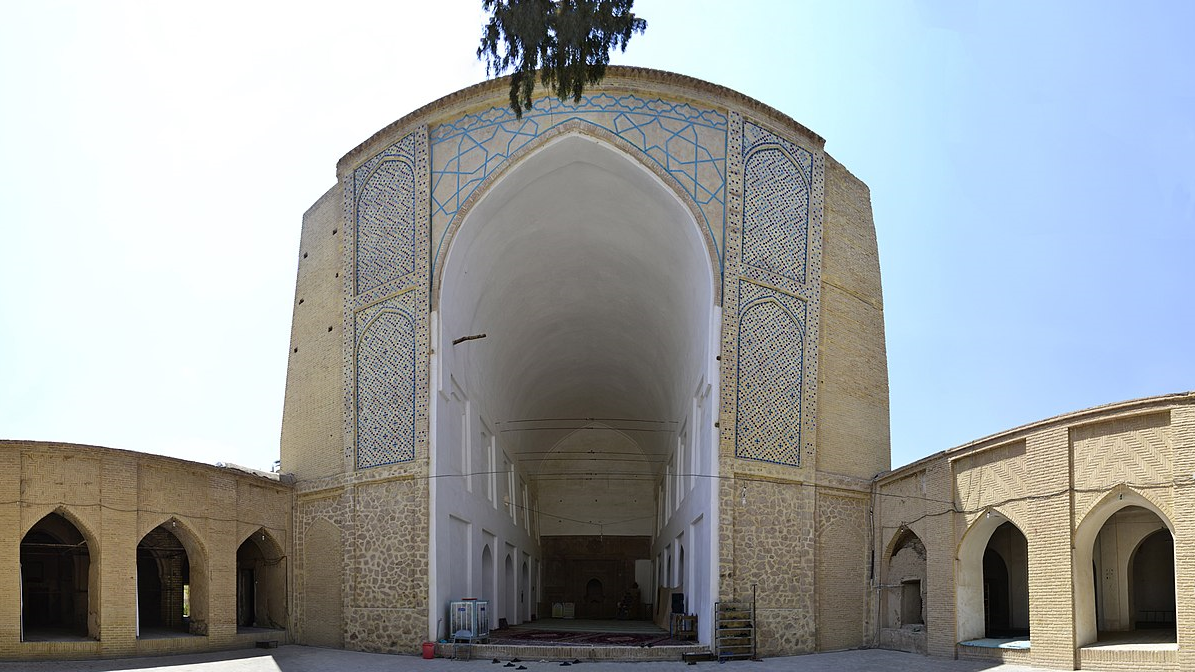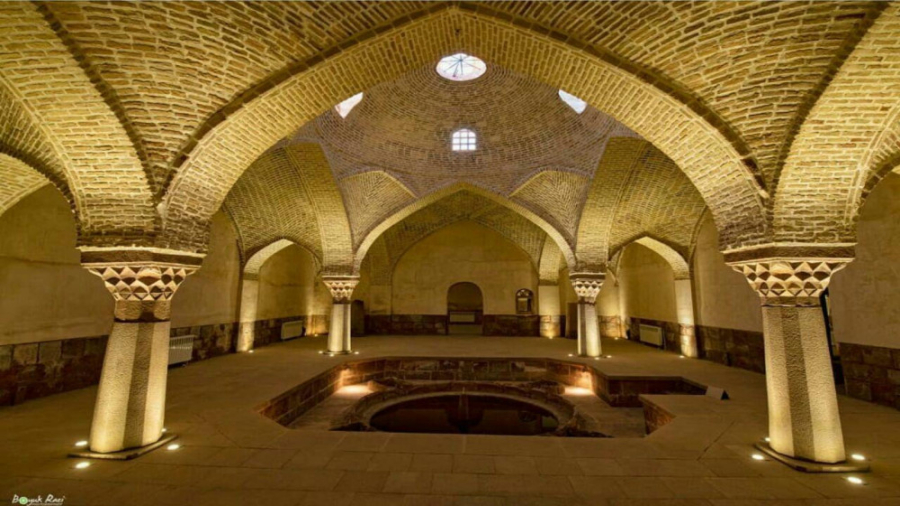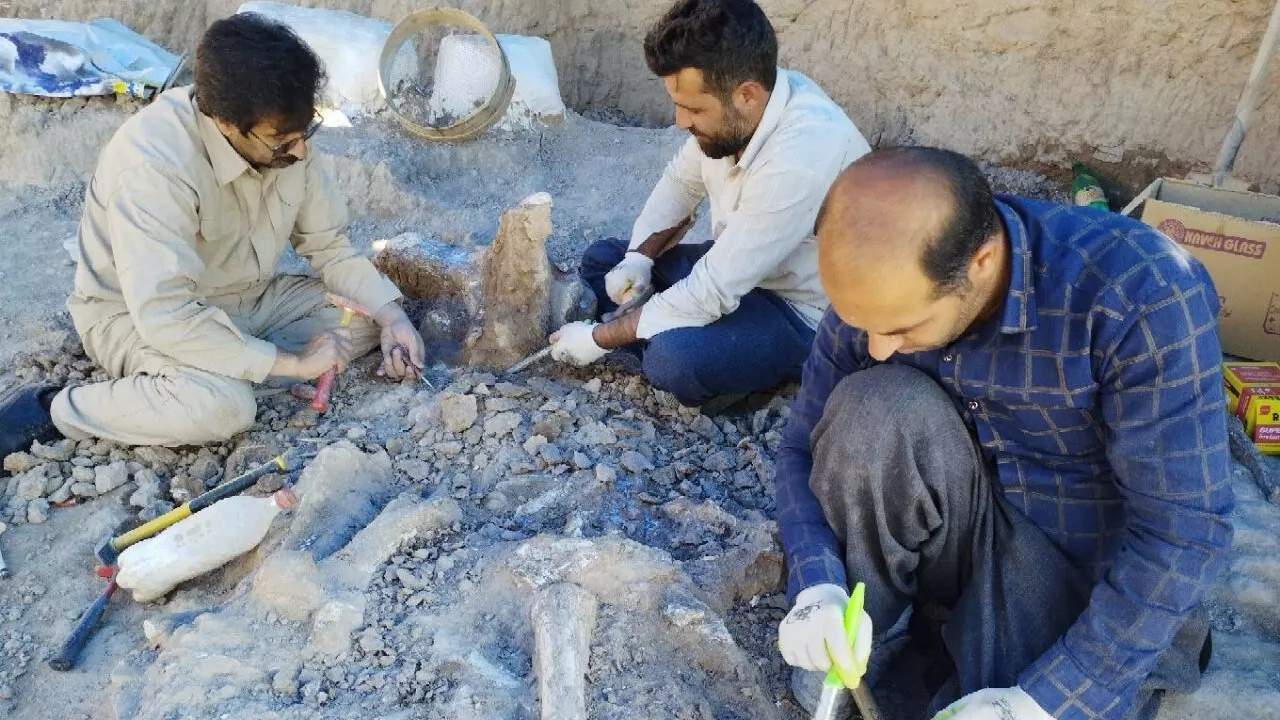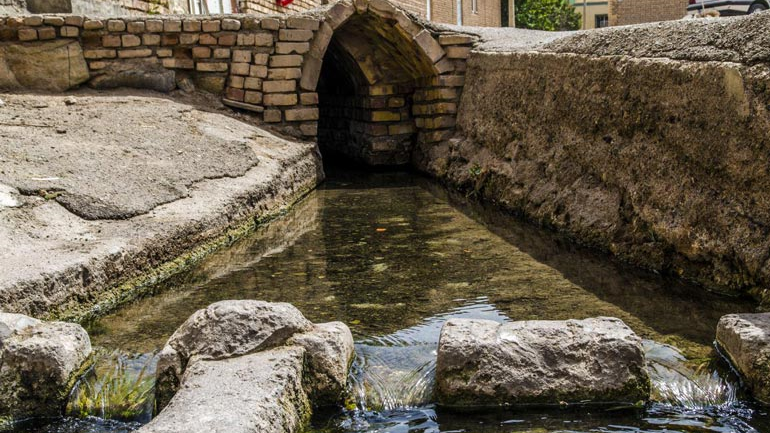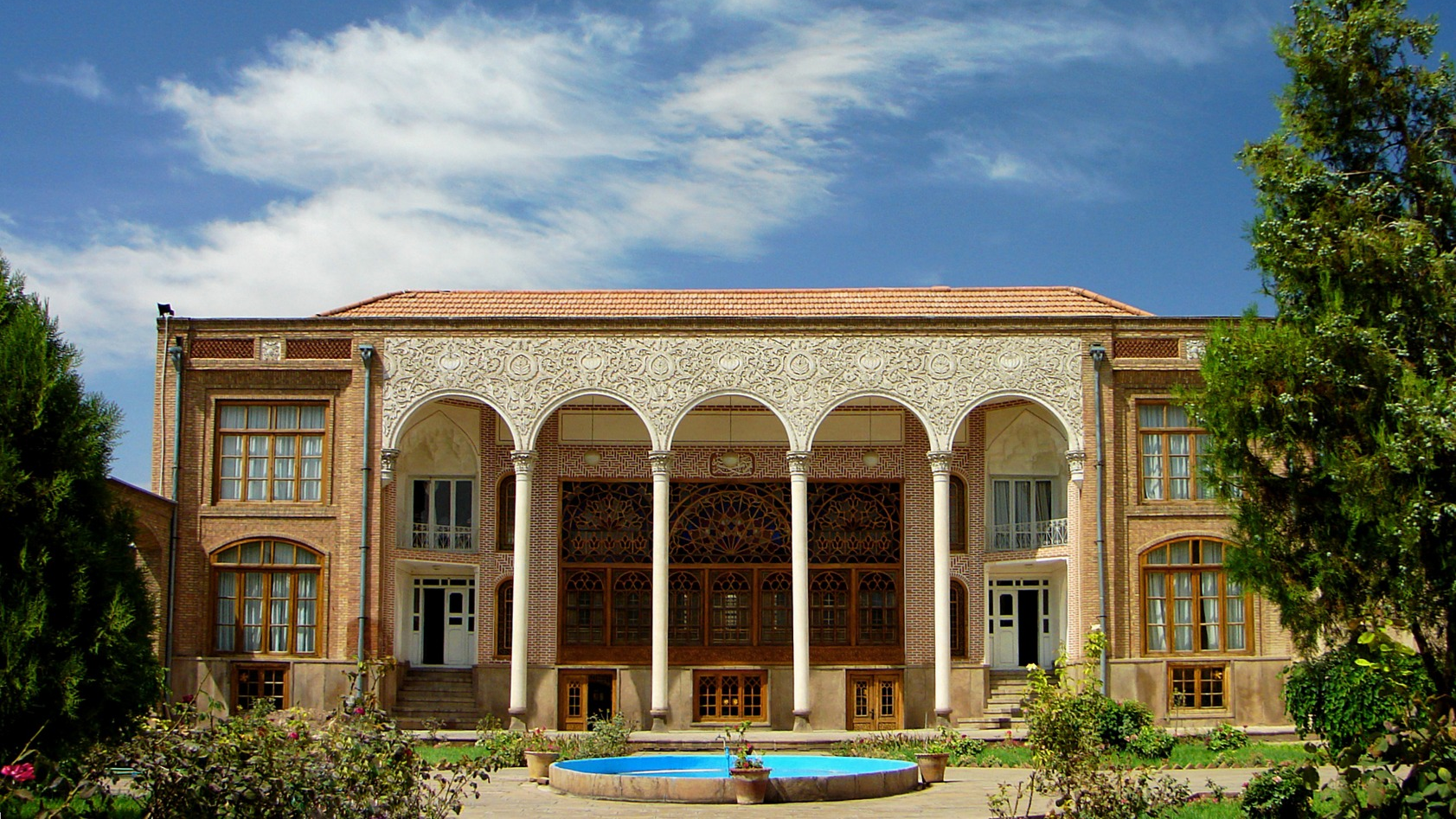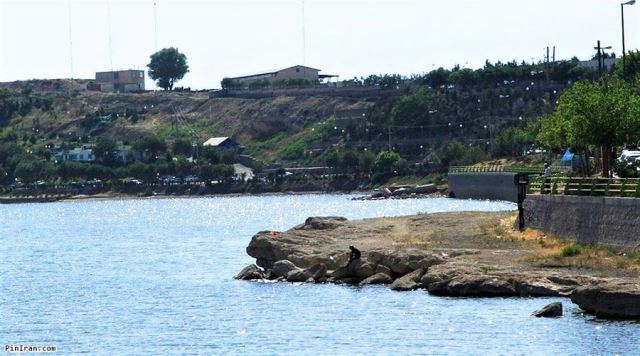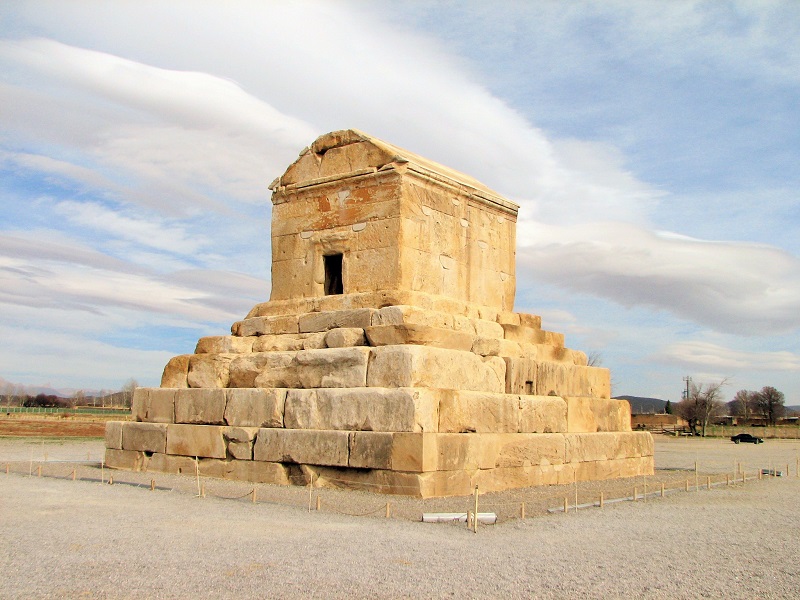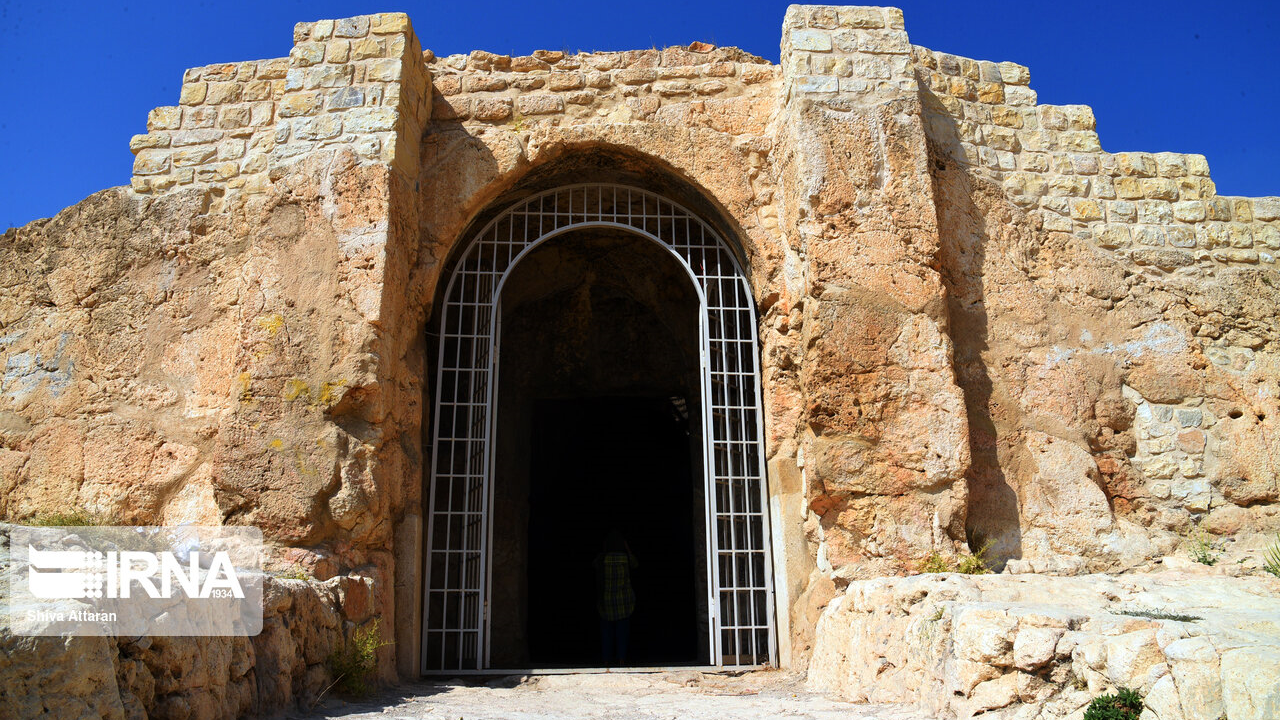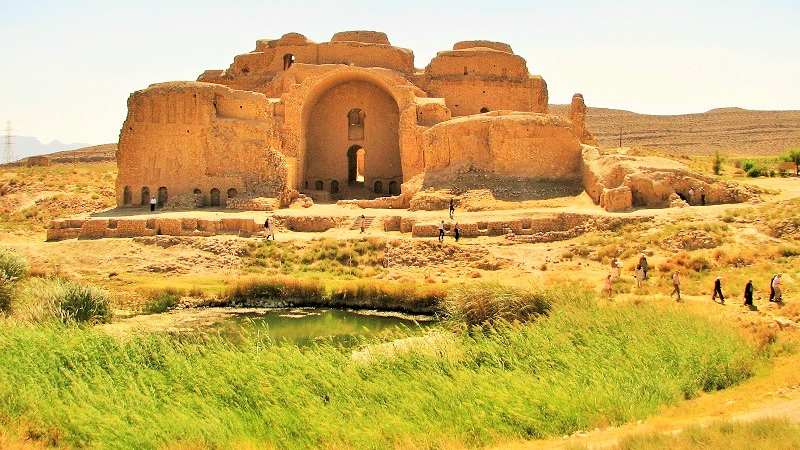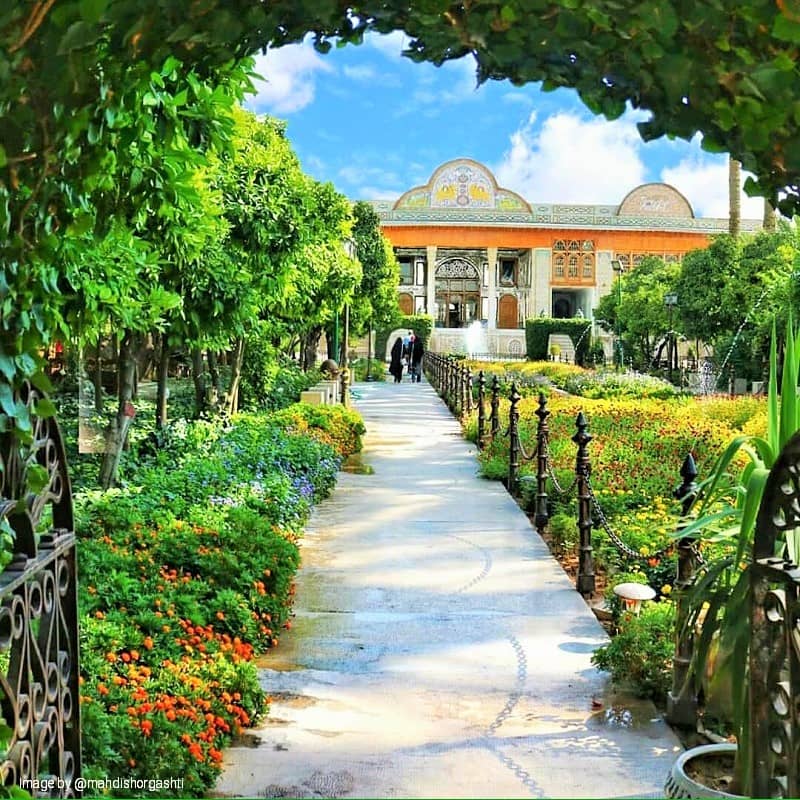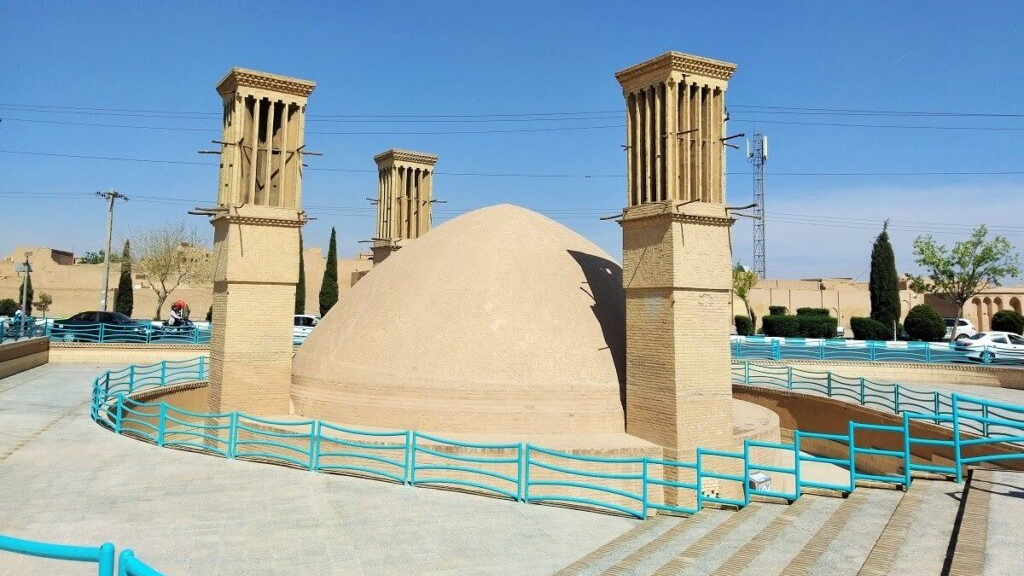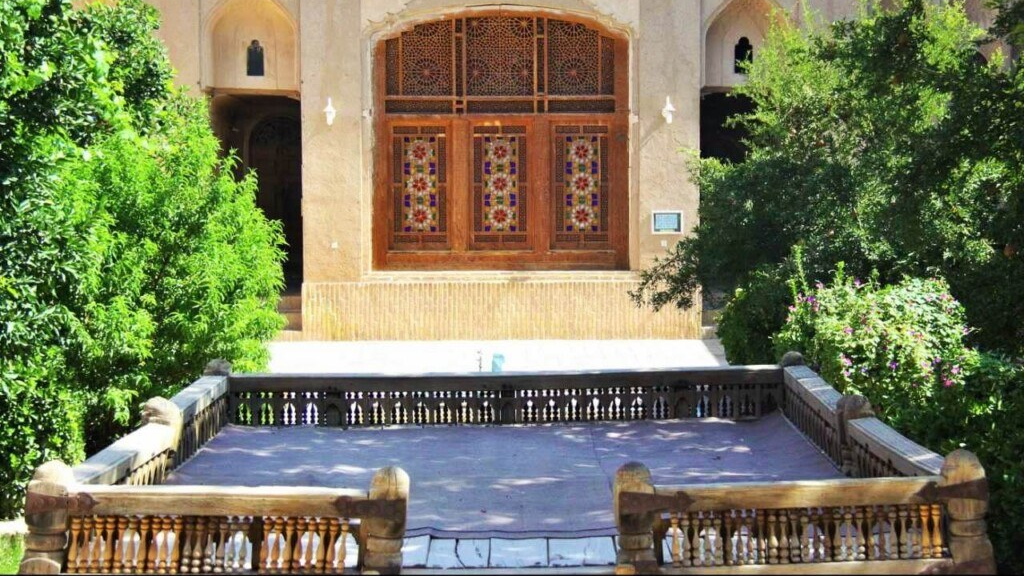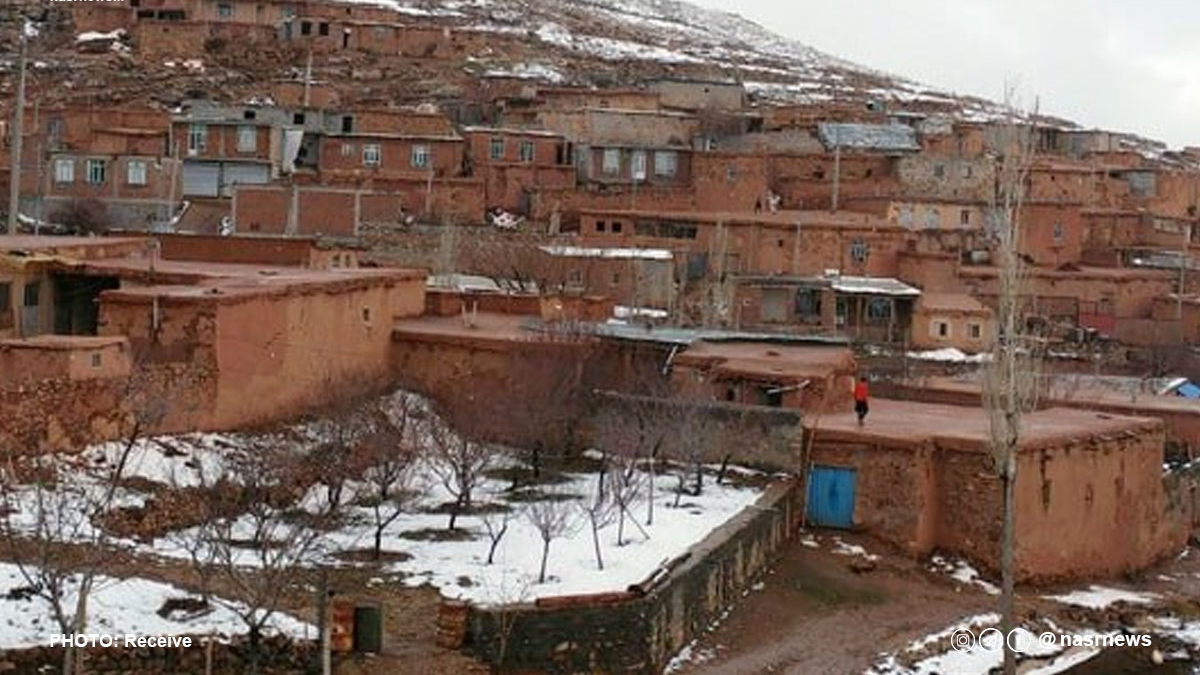
Shahr-e Sukhteh
Shahr-e Sukhteh is an archaeological site of a sizable Bronze Age urban settlement, associated with the Helmand culture. It is situated in Sistan and Baluchistan Province, the southeastern part of Iran, on the bank of the Helmand River, near the Zahedan-Zabol Road (45 km south of Zabul). It is said that this city was inhabited between 3200 and 1800 BC. This archaeological site is made of mud bricks and has been inscribed on the UNESCO World Heritage List.
The Historical Importance of the Shahr-e Sukhteh
Shahr-e Sukhteh demonstrates the history of an ancient civilization. The historical site of Shahr-e Sukhteh includes several hills that are in a row and each of them had different uses (workshop, residence, cemetery, etc.).
Artifacts recovered from this city are very important and demonstrate a peculiar incongruity with nearby civilizations of the time and also the brilliant culture of that area; making further investigations imperative. Some of the most important and amazing artifacts discovered in Shahr-e Sukhteh include:
• The world’s first artificial eyeball that probably belonged to a 25-30-year-old woman. It is estimated to be nearly 4800 years old. This artificial eyeball has a hemispherical form and a diameter of just more than 2.5 cm. In addition to that, traces of brain surgery have also been found in Shahr-e Sukhteh, which shows the high level of medical knowledge of the people of this ancient city.
• The world’s earliest animation, which is the image of different poses of a goat drawn on a clay goblet, and by turning it the image of the animal seems to be running.
• A dice and a backgammon board, which reflect the antiquity of this game and show that the residents of the city used to play this game to fill their free time.
• A 10 cm high precision ruler that shows the people of this city had expertise in mathematics, calculations, and designing measurement tools.
• Various colorful motifs on the pieces of leather, which reflect the interest of the people of Shahr-e Sukhteh in the art of painting and coloring.
• A beautifully carved marble bead was taken out from the grave of a young woman who was 28-30 years old. This bead, which demonstrates a high skill of carving, was, probably, used as an ornament.
Apart from these cases, hundreds of other objects have been discovered in Shahr-e Sukhteh, which tell about the advanced culture and civilization of its people. An incense holder on a mirror, colorful jars, very delicate necklaces, charcoal holders, seals, and the remains of pottery and jewelry workshops show the greatness of this city. It is said that the water from Helmand River was transported to the city using a piping system and there was also a system for sewage disposal.
The Cultural Importance of Shahr-e Sukhteh
Shahr-e Sukhteh was geographically situated at a distance from Mesopotamia, which made it possible for cultural exchange between the two, but the culture of Shahr-e Sukhteh was completely independent from Mesopotamia. The people of this city had certain customs and beliefs that distinguished them from all the people of their era:
• Women had a pivotal position in Shahr-e Sukhteh and played the main role in the social and financial aspects of the family. The artifacts that were buried with some of the women of this city show that they had special positions in society.
• Shahr-e Sukhteh had been in cultural exchange with its surrounding cities. A skeleton of a professional camel rider has been discovered, indicating that he was a postman and moved packages and letters over long distances.
• The social life of Shahr-e Sukhteh consisted of different guilds and classes, and in addition to those who engaged in farming, there were artisans, especially in the field of weaving. In the discoveries made, many teeth were discovered, which shows that the weavers of that time used their teeth to cut the fibers.
Why Was Shahr-e Sukhteh Abandoned?
According to the excavations, wood was used as fuel in Shahr-e Sukhteh because there were many trees near this city. This discovery shows that in the past this region had a humid climate and there were many water resources in it. However, climate change and the reduction of water reserves caused the residents to leave the city as a result of which it became an abandoned place.
Continued Exploration in Shahr-e Sukhteh
Presently, the excavations in Shahr-e Sukhteh continue and there is news of new discoveries in this historical site from time to time. Due to the climate of this region, conducting archaeological excavations faces many difficulties, and sandstorms and hot air hinder the possibility of using the whole year for exploration. The latest excavations show that lentils and fish were the main foods of the people of Shahr-e Sukhteh.
Shahr-e Sukhteh was inscribed on the list of Iran’s national heritage on March 9, 2007, and being recognized as a site with historical importance it was also inscribed on the UNESCO World Heritage List in June 2014.
Artifacts recovered from Shahr-e Sukhteh demonstrate a peculiar incongruity with nearby civilizations of the time and also the brilliant culture of that area; making further investigations on it imperative.
| Name | Shahr-e Sukhteh |
| Country | Iran |
| State | Sistan and Baluchestan |
| City | Zahedan |
| Type | Historical |
| Registration | Unesco |
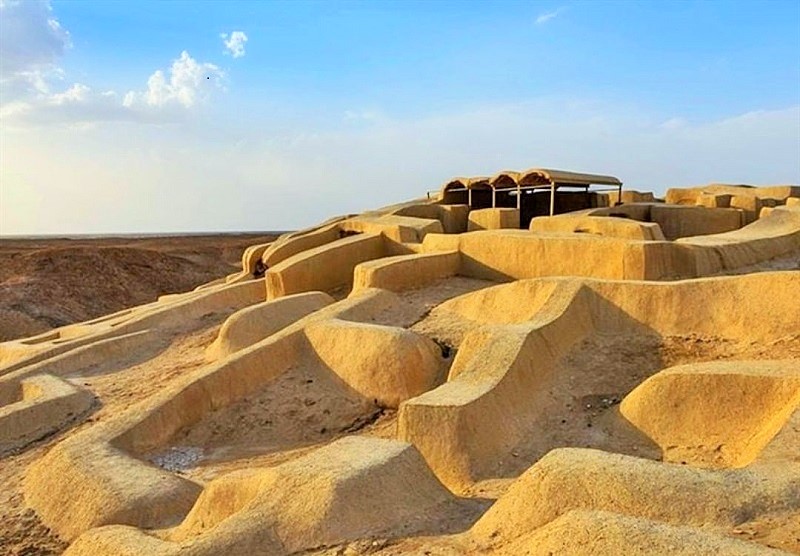
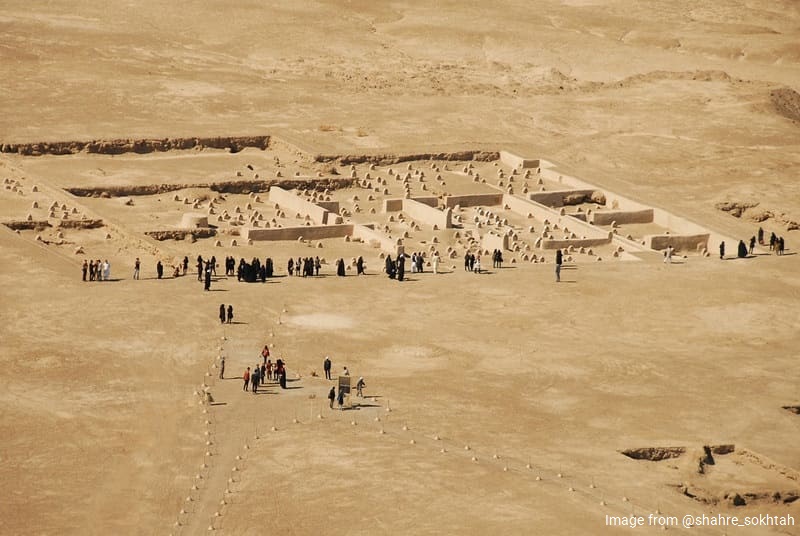
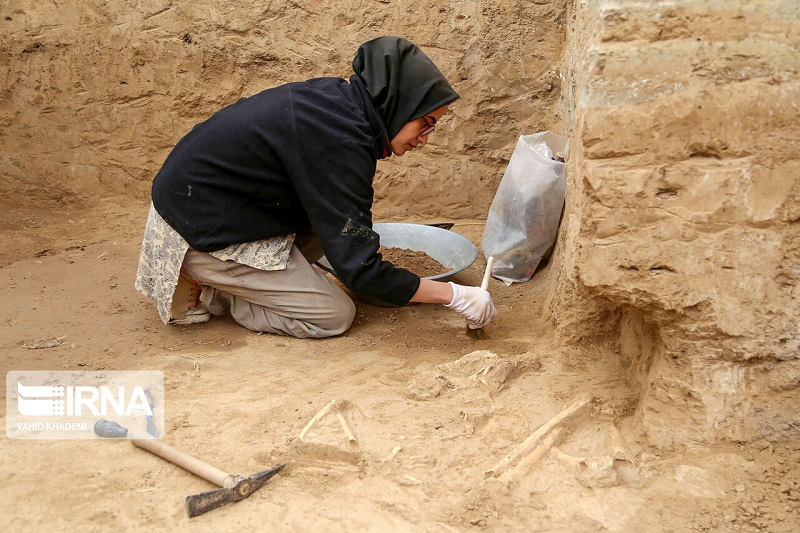
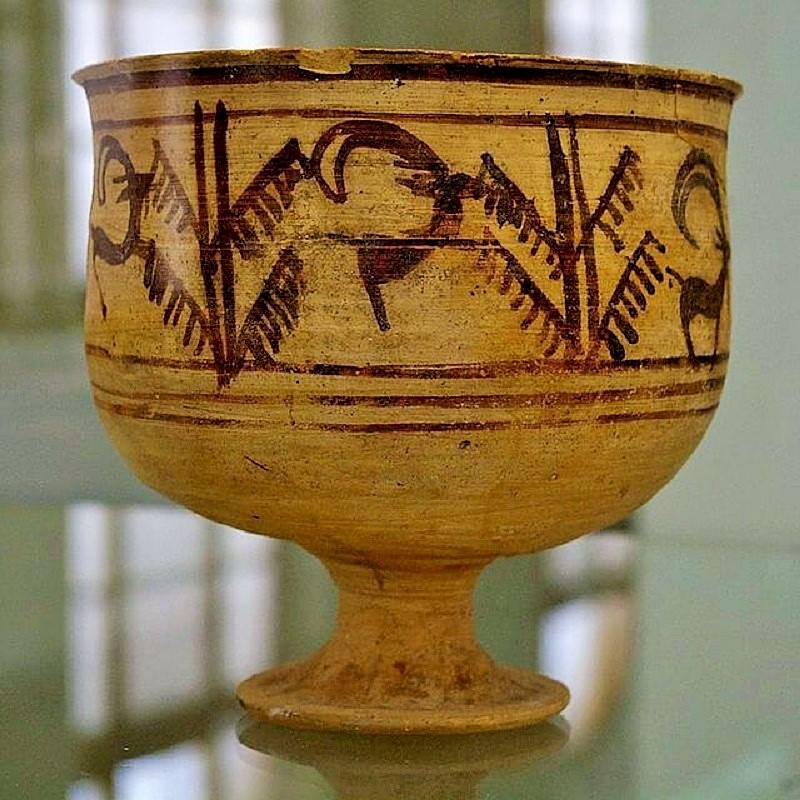
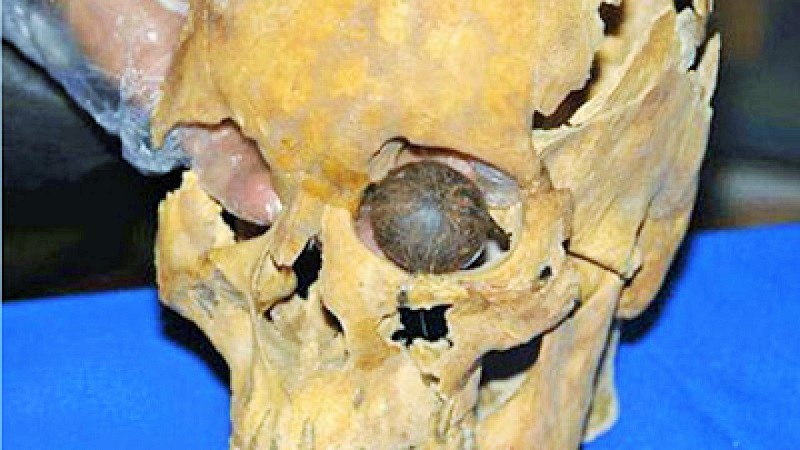





Choose blindless
Red blindless Green blindless Blue blindless Red hard to see Green hard to see Blue hard to see Monochrome Special MonochromeFont size change:
Change word spacing:
Change line height:
Change mouse type:
